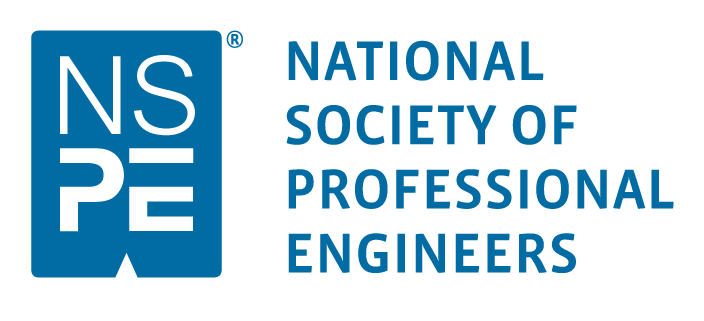Why It Matters Who Does Your Transition Study
Shifting control from the developer to the association is a critical period in a community association’s life. This is because the transition phase is the time when the community’s governing body determines the development’s financial and physical strengths and set the necessary procedures in place for maintenance.
It would immensely benefit new associations to conduct a transition study before taking full control of new construction. A transition study, otherwise known as a turnover inspection, is a thorough inspection and documentation of a newly built home or building to make sure that it conforms to the provided association documents, regulatory approvals, and design drawings, as well as ensure that the development does not have construction defects and any developing concerns.
Who Conducts the Transition Study?
Prior to the development turnover, it is imperative that the association understands the condition of the area assets of the development. This can only be achieved through an accurate engineering investigation conducted by a qualified expert. A professional engineer provides an expert and independent opinion of how construction defects can be repaired, determines whether the association should accept the development as is or until certain work is completed and offers local cost estimates should there be issues with the complex.
Features of an Engineering Transition Study
In general, an engineering outlines the inspection process and enumerates a list of construction deficiencies that need immediate attention. The report also typically includes the following:
- Review of specifications, architectural and engineering drawings, and public offering statements
- Summary of the engineer’s detailed observations of the property, including its roof system, exterior façade, life safety, and electrical and mechanical systems with emphasis on defects
- Photographs to support the findings and recommendations
- A narrative discussing various category elements, their current condition, and their expected performance in the future along with estimates for repairs and maintenance
The final version of the study states whether the association should accept the development as is, accept it with conditions, or not accept it until certain tasks are done. A transition study contains critical information about a construction’s design, condition, and deformities, which is why it should only be left in the hands of a qualified engineer.
What Are Its Applications?
A transition study has a number of functionalities. In conjunction with a reserve study, an engineering transition study is used to outline repairs and maintenance over a defined period of time. Utilizing the study in this manner diminishes the need for a commercial loan or a special assessment.
The study also doubles as an aid in working with a developer. Because the engineer outlines the construction defects in his report, repairs can be immediately and properly made. Should the developer refuse to repair the defects indicated in the engineering transition study, the report can serve as a tool to avoid defect litigation and, instead, receive a fair settlement. If litigation is unavoidable the transition study becomes a valuable document in the process.
Whether you are a homebuyer seeking a unit within a building, a board member of a newly developed association, or a developer turning over a complex to an association, an engineering transition study will be extremely beneficial.







